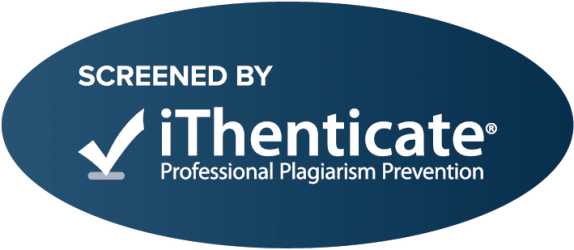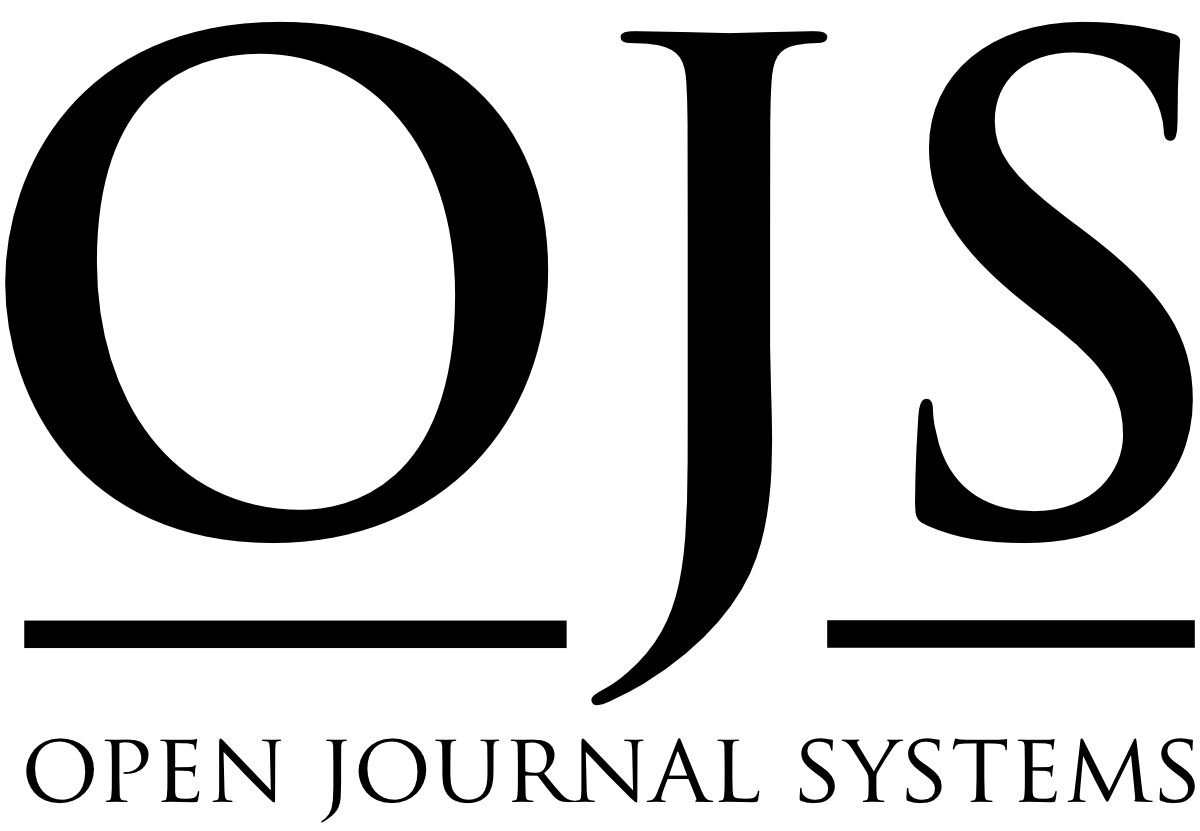The Effects of Advance Graphic Organizers Strategy Intervention on Academic Achievement, Self efficacy , and Motivation to learn Social Studies in Learning Disabled second year Prep Students
Keywords:
advance graphic organizers, academic achievement, self efficacy, motivation, learning disabledAbstract
This study investigated the effect of using advance graphic organizers on academic achievement, self efficacy ,and motivation to learn social studies in learning disabled second year prep students . A total of 60 students identified with LD were invited to participate. The sample was randomly divided into two groups; experimental ( n= 30 , 23 boys ,7 girls)and control ( n= 30 , 21 boys and 9 girls ). ANCOVA and Repeated Measures Analyses were employed for data analysis. Findings from this study indicated the effectiveness of the program employed in improving academic achievement, self efficacy ,and motivation to learn social studies in the target students. On the basis of the findings, the study advocated for the effectiveness of using advance graphic organizers on academic achievement, self efficacy ,and motivation to learn social studies in learning disabled second year prep students . Key Words; advance graphic organizers, academic achievement, self efficacy , motivation, learning disabled.Downloads
References
Adel Abdulla, M.(2010) The effectiveness of advance graphic organizers based remedial teaching on improving the ability level of social problem solving in primary school students with learning disabilities in social studies, Scandinavian Journal of Human Sciences , 4(1), pp. 1-25 .
Blankenship, T., Ayres, K., & Langone, J. (2005). Effects of computer-based cognitive mapping on reading comprehension for students with emotional behavior disorders. The Journal of Special Education Technology, 20(1), 15-23.
Boon, R. T., Fore III, C., & Hagan-Burke, S. (2006). Improving student content knowledge in inclusive social studies classrooms using technology-based cognitive organizers: A systematic replication. Learning Disabilities, 4(1), 1-17.
Brookbank, D., Grover, S., Kullberg, K., & Strawser, C. (1999). Improving student achievement through organization of student learning. (ERIC Document Reproduction Service No. ED435094)
Carroll, L., & Leander, S. (2001). Improving student motivation through the use of active learning strategies. (ERIC Document Reproduction Service No. ED455961)
Ellis, E., & Howard, P.W. (2007). Graphic organizers: Power tools for teaching students with learning disabilities. Current Practice Alerts, 13, 1-4.
DiCecco, V. M., & Gleason, M. M. (2002). Using graphic organizers to attain relational knowledge from expository text. Journal of Learning Disabilities, 35(4), 306-320.
Gallavan, N. P., & Kotter, E. (2007). Eight types of graphic organizers for empowering social studies students and teachers. Social Studies, 98(3), 117-128.
Governale, J. (1997). Improving attitudes of students toward social studies. (ERIC Document Reproduction Service No. ED424173).
Kamel, M. (1990) Screening Student test for learning disabilities , Cairo, Al Anglo
Mosa, Farouk. A.( 1989) Mental Ability Test, Cairo, El Nahda Al Masrya .
Mourad Ali ( 2007) . How the reading disabled brain learns , Alexandria , Dar El Wafaa.
Mourad Ali, E. Waleed El sayed,& Ahmed Gomaa (2006). Computer and learning disabilities, theory and practice, Alexandria, Dar El Wafaa
Strangman, N., Hall, T., & Meyer, A. (2003). Graphic organizers and implications for universal design for learning: Curriculum enhancement report (Cooperative Agreement No. H324H990004). Washington, DC.
Yin, Y., Vanides, J., Ruiz-Primo M.A., Ayala C. C., and Shavelson R. J., (2005) Comparison of Two Construct-a-Concept-Map Science Assessments: Created Linking Phrases and Selected Linking Phrases. Journal of Research on Science Teaching.
Additional Files
Published
How to Cite
Issue
Section
License

This work is licensed under a Creative Commons Attribution-NonCommercial-NoDerivatives 4.0 International License.










